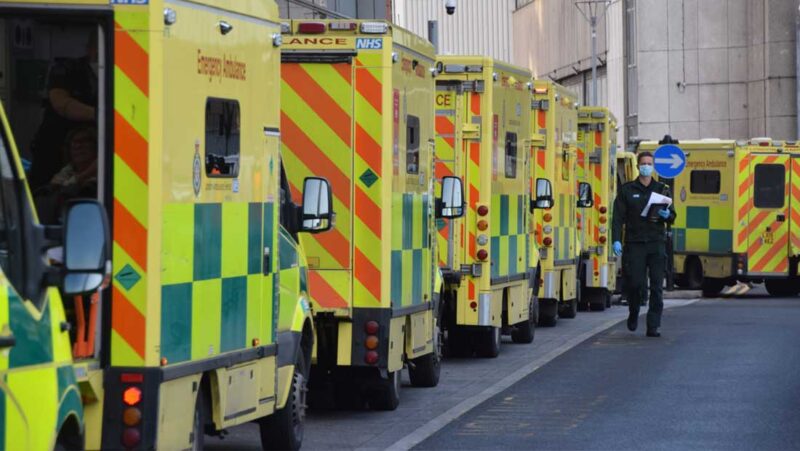A pharmacy technician led blood monitoring service introduced in Brighton has been shown to demonstrate significant savings and enhance patient safety within the multidisciplinary team.
Pharmacy services are increasingly involved in the management of patients with chronic diseases, ensuring sound clinical governance through providing medicines optimisation, blood monitoring and therapeutic drug monitoring (TDM).
It has previously been demonstrated that incorporating a pharmacist into the IBD team releases doctors’ time, whilst improving the consistency and safety of drug monitoring and counselling1. The process was taken to the next logical step by recruiting a pharmacy technician to undertake the routine drug monitoring, amongst other duties, as a three month pilot.
A pharmacy technician was asked to provide a blood monitoring service for immunosuppressant therapies (524 patients on thiopurines and 419 patients on biologics) under the supervision of the specialist pharmacist. The technician reviewed bloods identified using the in-house database on a weekly basis, recorded the results and referred patients to the pharmacist according to in-house protocols.
In the three months audited the pharmacy technician monitored 260 patients (20 patients initiating therapy), releasing 21 hours of pharmacist time per week.
A competent pharmacy technician can safely take over the majority of the drug monitoring and infusion preparation, previously done by a pharmacist.
The technician also ordered medication for the infusion clinic a week in advance to optimise vial sharing and manage stock levels (including biologics, nutritional and anaemia treatments). Medication for 259 patients (an average of 19 patients per weekly clinic) was dispensed, ensuring cold chain procedure and accurate stock control.
In the pharmacy-led infusion clinic the technician calculated dosages according to protocols and prepared the infusions under the supervision of the specialist pharmacist using the Aseptic Non-Touch Technique (ANTT). This maximised vial sharing and released six hours for nursing staff for direct patient care and pharmacists to review patients per clinic.
The technician was also asked to collate current patient information for the virtual biologic and immuno-suppressant clinic (VBIC) review. Forty two VBIC patients were asked to provide a faecal calprotectin (FCLP) sample and bloods two weeks prior to VBIC and Inflammatory Bowel Disease scores were collected during a phone call. The technician also established new systems to manage shared care protocols (SCP).
No SCP had been sent prior to the pilot and a total of 17 SCPs were sent to patients’ GPs in the first three months. By contributing to the maintenance of the in-house database the technician ensured comprehensive patient records for easy review by the MDT to use daily during patients’ care.
Released funds were calculated by subtracting the pharmacy technician hourly rate (AfC Band 5) from the replaced staff hourly rate. A competent pharmacy technician can safely take over the majority of the drug monitoring and infusion preparation, previously done by a pharmacist. A released fund of £13K (lower staffing cost) and cost savings of £36K (vial sharing) per year are projected.
This represents an increased cost saving, freeing up nursing time and releasing the pharmacist to deal with patients for whom the monitoring has identified a problem, and advanced roles within the team (such as outpatient clinics, prescribing, helpline queries, counselling patients, and TDM) which in turn releases physicians’ time.
In addition, this pilot identified the ongoing need for active monitoring of medications, as one in five patients had abnormal results and one in four had to be followed up to undertake monitoring at the appropriate interval.




